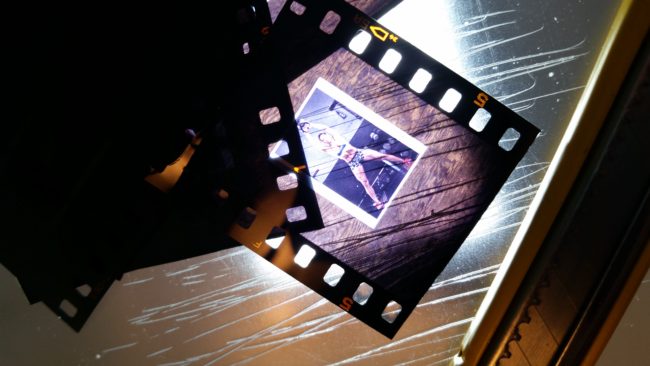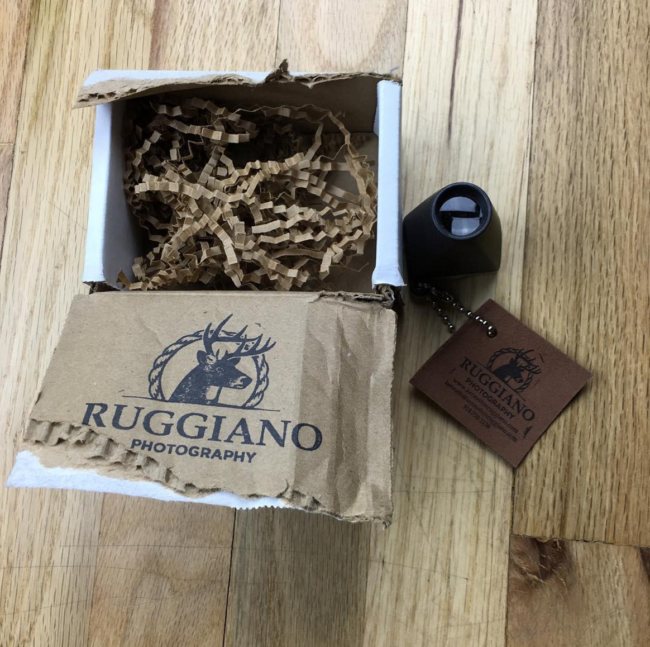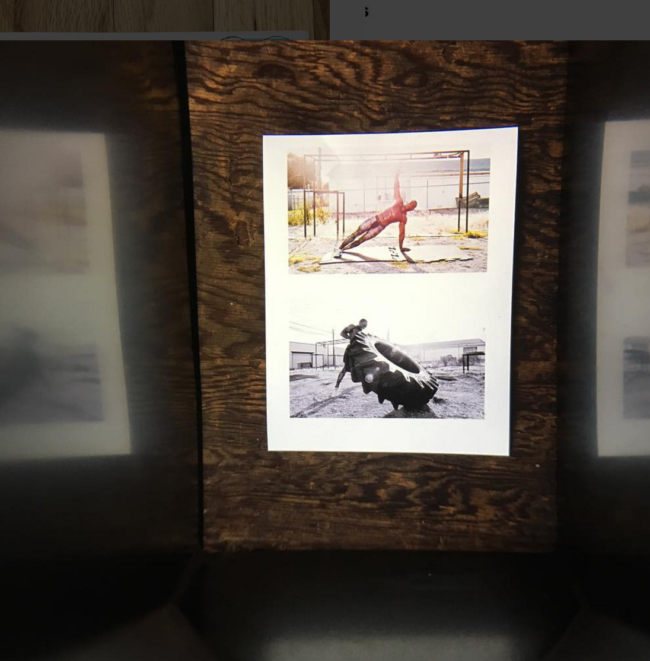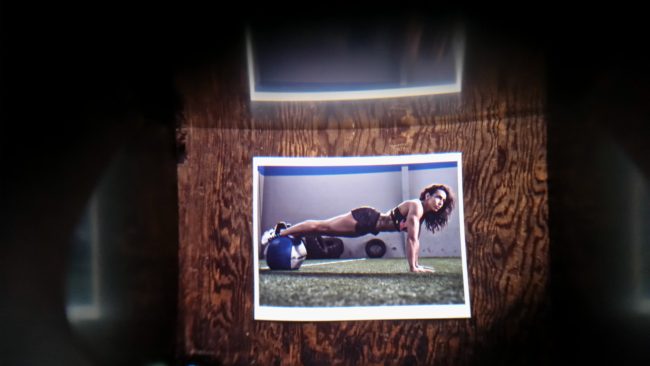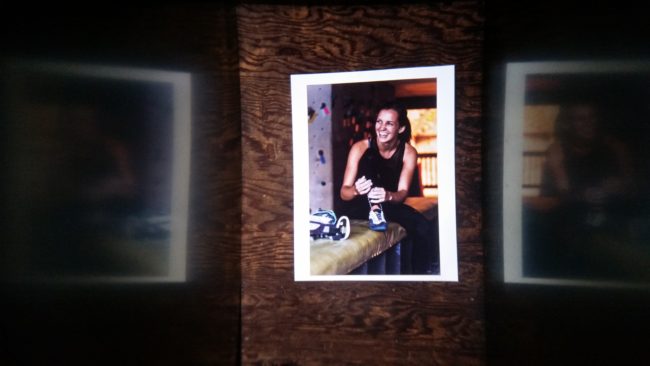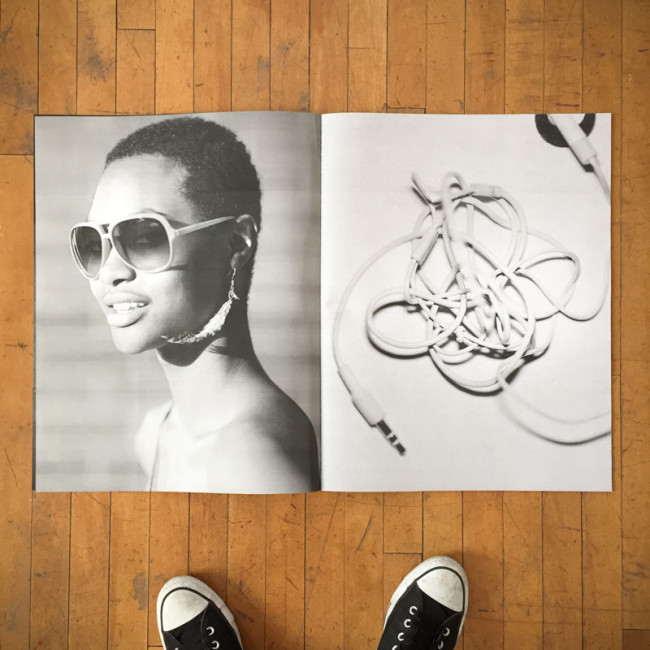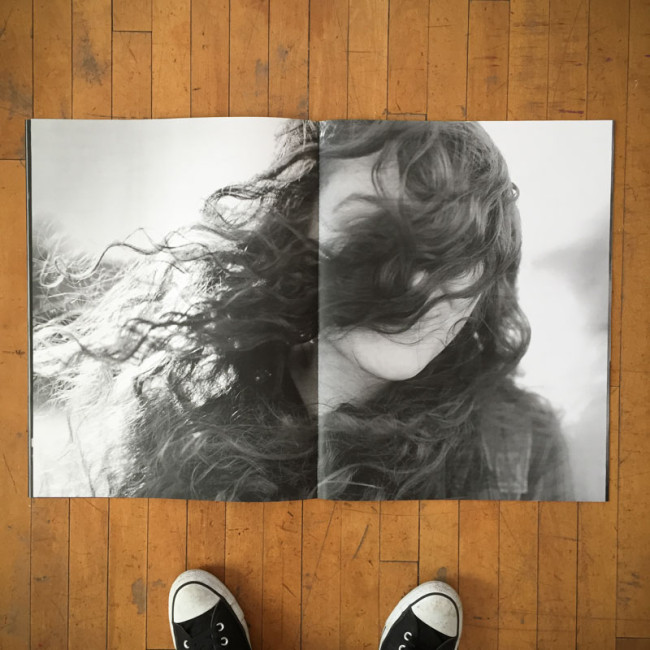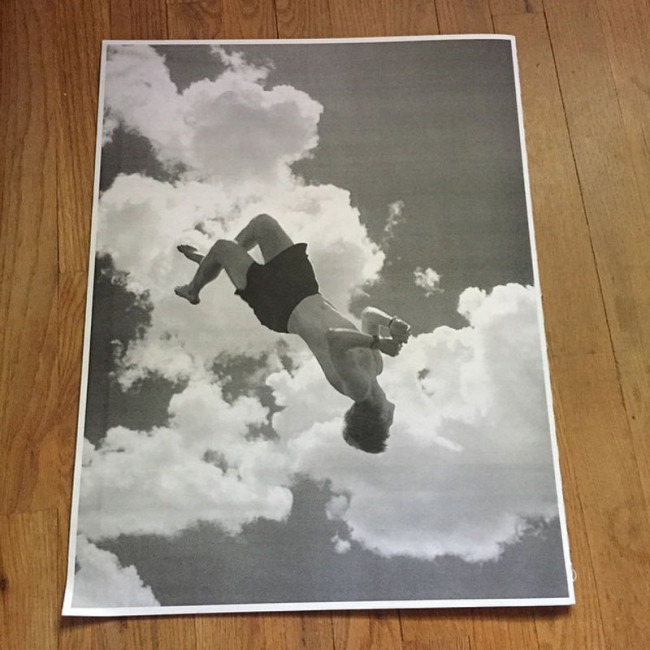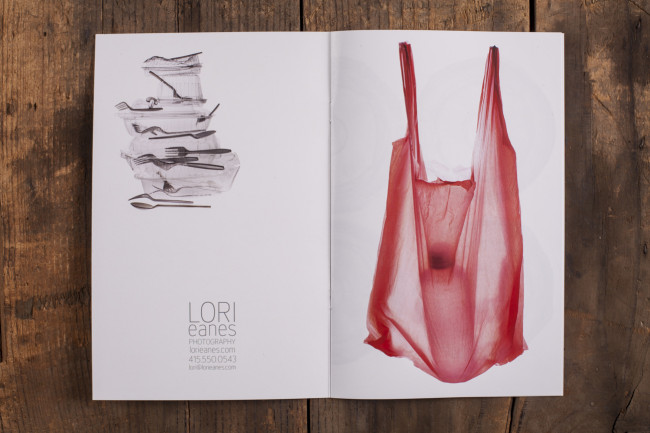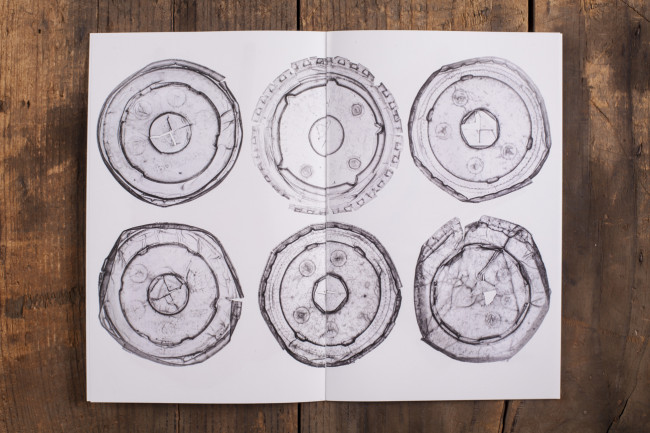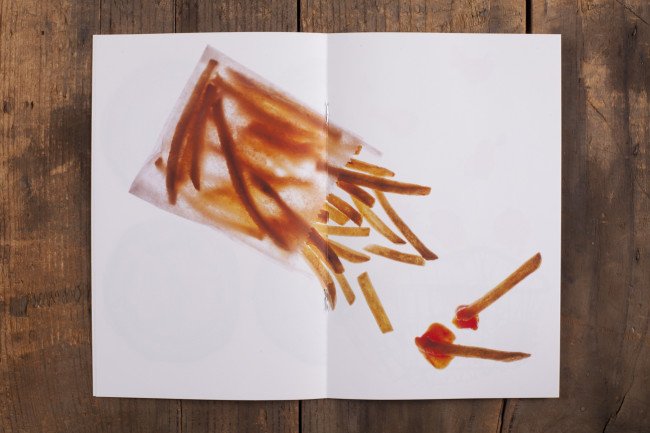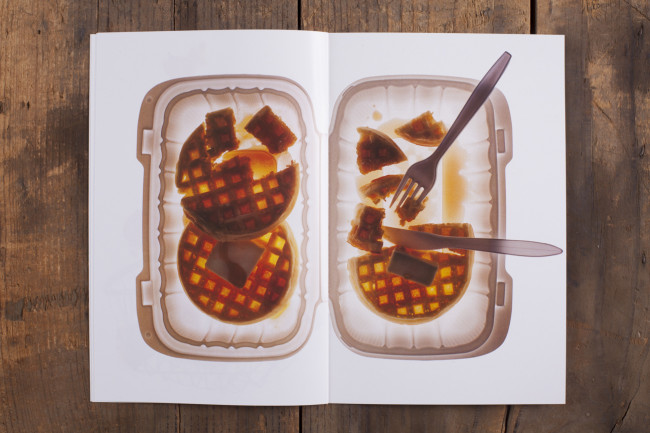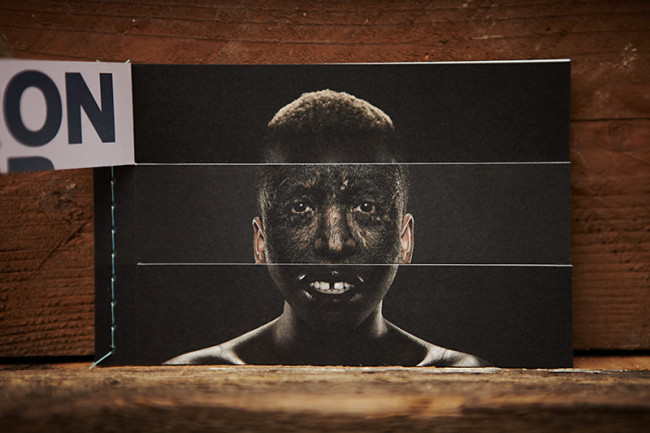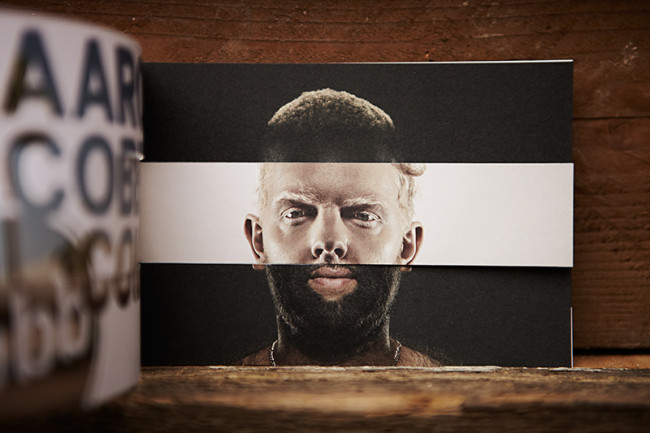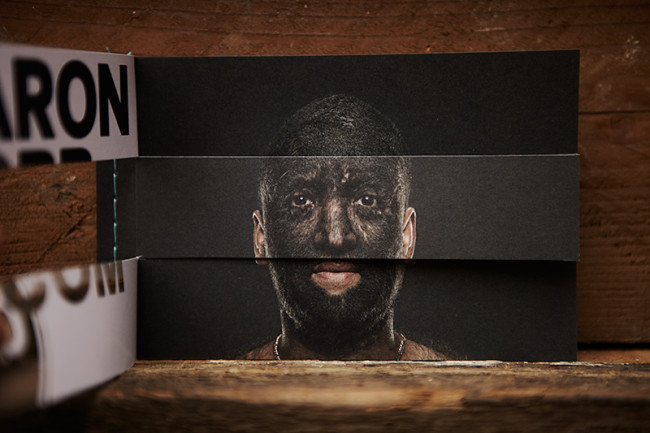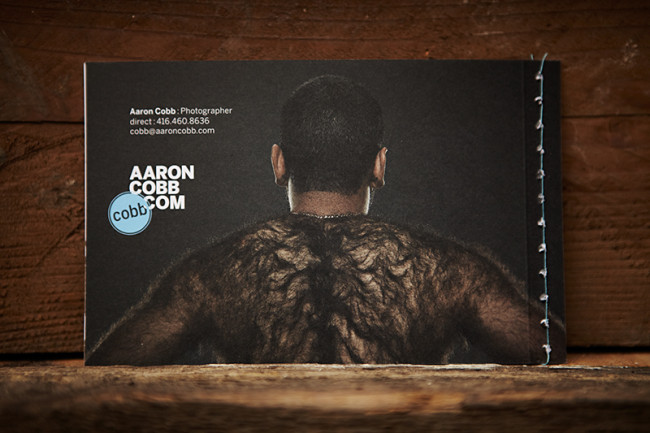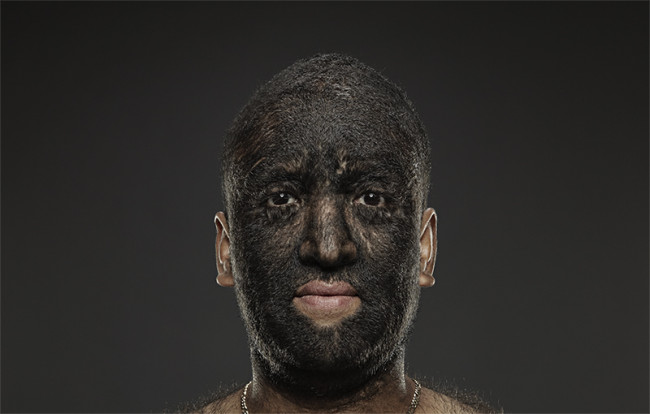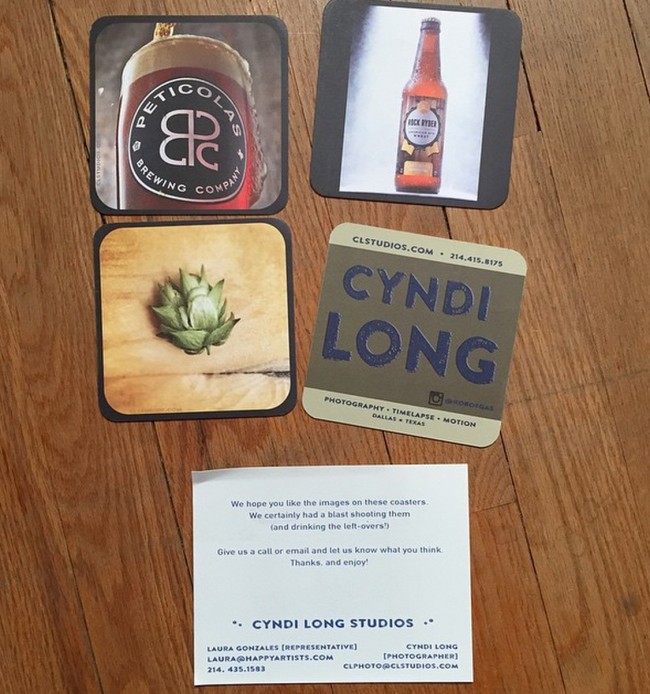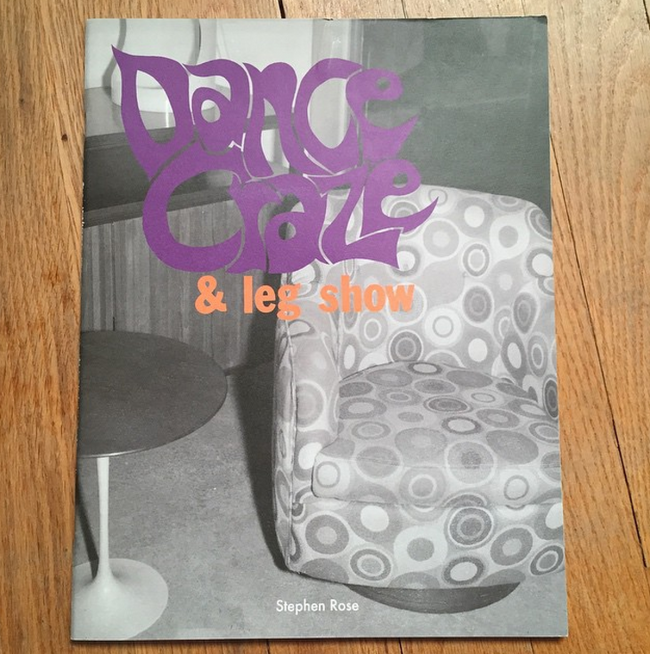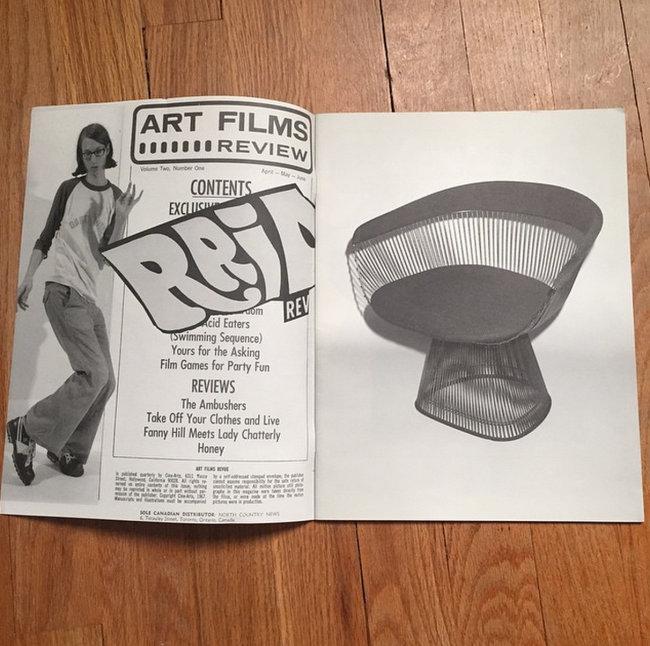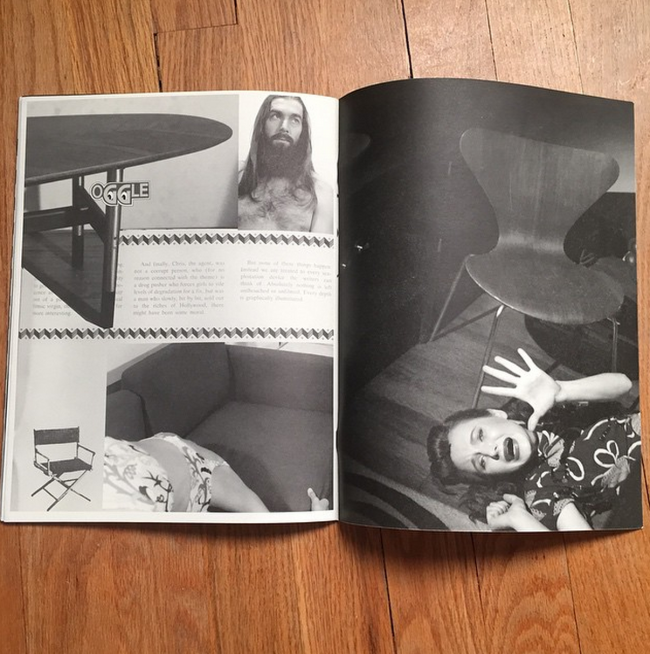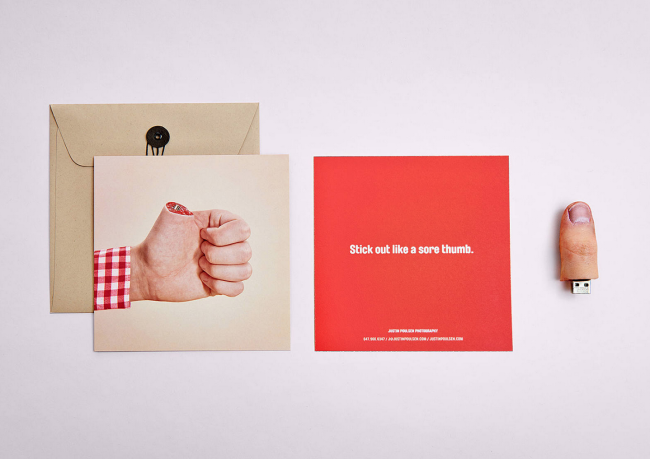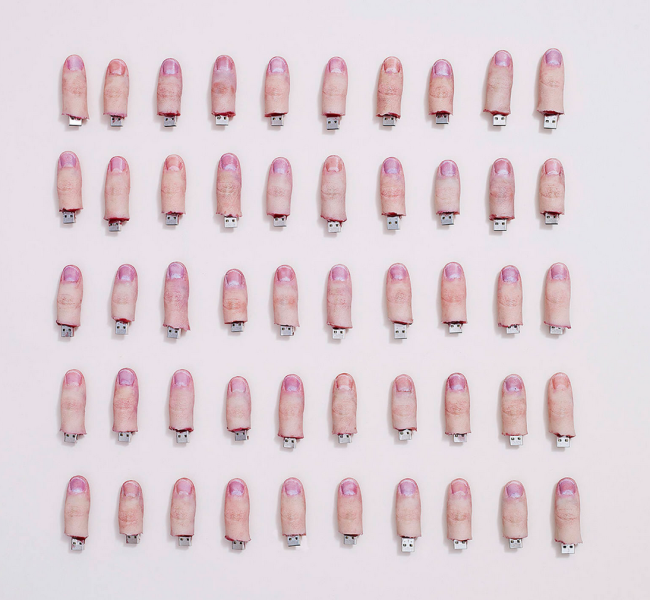Stephanie Rausser’s personal project Kiki & Coco, is an awesome example of how you can use the web and social media to see if there’s interest in something you’ve created then use that demand to evolve the project into other mediums. Also, there’s simply no better way to make a connection to clients than with a personal project, it speaks volumes about your passion for photography.
Rob: Tell me how the project started?
Stephanie: In November 2007 one of my closest friends, Debra McClinton, took her life. Our daughters were the same age and we had become good friends after she assisted me for many years.
I had realized things were bad for her, and I remember after a call in the summer of 2007, thinking something needed to be done – that things had turned for the worse. Three months later it was too late and to this day I have guilt and anguish over wishing I had done more. When we worked together we worked well together and often went on trips, taking turns photographing our daughters and after her death I have had this recurring dream where she moved in with us and we become business partners and photographed every job together.
At the time, I was wrapped up with my business and life and I did not intervene. What intervening would have looked like is hard to say but my choice not to has impacted me. Sometimes things happen in your life and they are an invitation to change things. Deb’s death stopped me in my tracks and it made me start to think differently. Like no other deaths I had experienced, it made me realize how fragile and delicate life is and how important it is to take care of yourself, those that you love, and to slow down. The Kiki and Coco Project came about because it was a way to not only deal with the grief and sadness that followed Deb’s death but also it was a way for me to do something out of the ordinary, something that allowed me to connect in a more meaningful and creative way.
This is how the trip to Paris with my daughter Kiki, and her doll, Coco, came about.
So, when you got back you made a video of the images from the trip (here). What was the response to the video?
The response was great. The French music we found to go with it was adorable and it seemed the images moved people. The video (slide show) was reposted on many blogs. I think too it was the final reason my agent Sarah said yes to working together. We had met many times prior but when I got back from Paris and finished this project, I sent her the video and we met one more time and that is when we started working together. I could tell she really resonated with the Kiki and Coco slide show. After the slide show was created, we designed the calendar, printed 3000, and sent them out to art buyers, art directors, family and friends.


What was the response to the calendar?
The response to the calendar was big and it was predominantly a female response. To this day, four years later, I still get emails from women wanting to know where they can buy the doll.
Moms especially loved the calendar. I must have gotten an email a week for months from moms asking where they could purchase the doll. They would email me and mention that their daughter would love the doll appearing in the photographs but after getting quite a few of these emails I started to wonder if it was really the mom who wanted the doll.
There is now an official Coco inspired doll and is still made and available at http://shop.jessbrowndesign.com/product/coco-inspired-rag-doll
There are also several knockoffs of the doll with the same name.
Another great response to the calendar was the ad jobs that came about. The conference calls with the art directors would start something like this: “I have your calendar and what you shot for it is in the same vein as the project we are doing….” I definitely got several ad jobs as a result of the Kiki and Coco calendar.
How did it evolve from there?
I did two more calendars after “Kiki and Coco in Paris.” One was with Kiki again in Italy (same idea: 20 days away, afternoon shoot every day, a story to tell with the preface to the start of every day being: how do I make my next photo even better and at the same time keep to the parameters of the story I have already created). I sweetened the deal for Kiki and swapped out the doll for ice cream cones, lollipops & popsicles and it was called “Sweet Italia.” Originally I had thought of taking the Coco doll to Italy but as time progressed I realized my daughter was not so interested in being photographed as I had hoped she’d be. I realized it was necessary to raise the ante; to her, ice cream and lollipops were more intriguing as she had a wicked sweet tooth. She gave me her all but after the Italy calendar project she begged me to find another model.
Also, although “Sweet Italia” was beautiful it did not have the same aura, draw, and sentimentality that “Kiki and Coco in Paris” had. I did my last calendar “I left my heart in…” (2011) in San Francisco with my niece, Zeli. Then, in the Spring of 2011, Cameron + Company, a boutique book publisher in Petaluma, CA contacted me to see if we could turn “Kiki and Coco in Paris” into a children’s book. I sent Cameron and Company the roughly 5000 images from what I shot over 20 days in Paris and from those photos they came up with a story that would appeal to children. They pulled their favorites (which I asked to re-edit because they originally wanted the photo to be from the perspective of the doll but the project was shot from the perspective of the girl and the strongest images were about the girl, not the doll) They then wrote a twist to the story that I took photos for and now we have the book, Kiki and Coco in Paris.


How do you see projects like these fitting into the job of professional photographer?
It is so important for a professional photographer to be able to tell a story that engages his or her audience, especially in the competitive and saturated climate today, where images and videos are at every turn.
When you take a big project like what I did in my three calendars, where I photographed each afternoon for 20 days, it is a creative process that is vital to honing your artistic skills. When you are in the midst of a project like this, you are constantly thinking, what tells the story the best? What can I do now that is even more unexpected or unusual within the set parameters – which in this situation with Kiki and Coco was a seven-year-old girl and her obsession with a cute little doll in the beautiful city of Paris. Where do we go next to help tell the story? What could be brought in to make for a funnier photo? What can I do that will make my viewer smile, or even better, laugh out loud? I think doing projects like this makes a photographer a better problem solver on top of the fact that when you are deep in the project, it is one of the most exhilarating places to be as a creative person. The process of narrowing down 14 final images from thousands of images (12 calendar months and a cover and back image) for each of the three calendars I did has been an enjoyable creative process like no other. If I had my way I would still be doing the calendars with kiki every summer in a far away location but it turns out she prefers to be behind the camera, like me.
